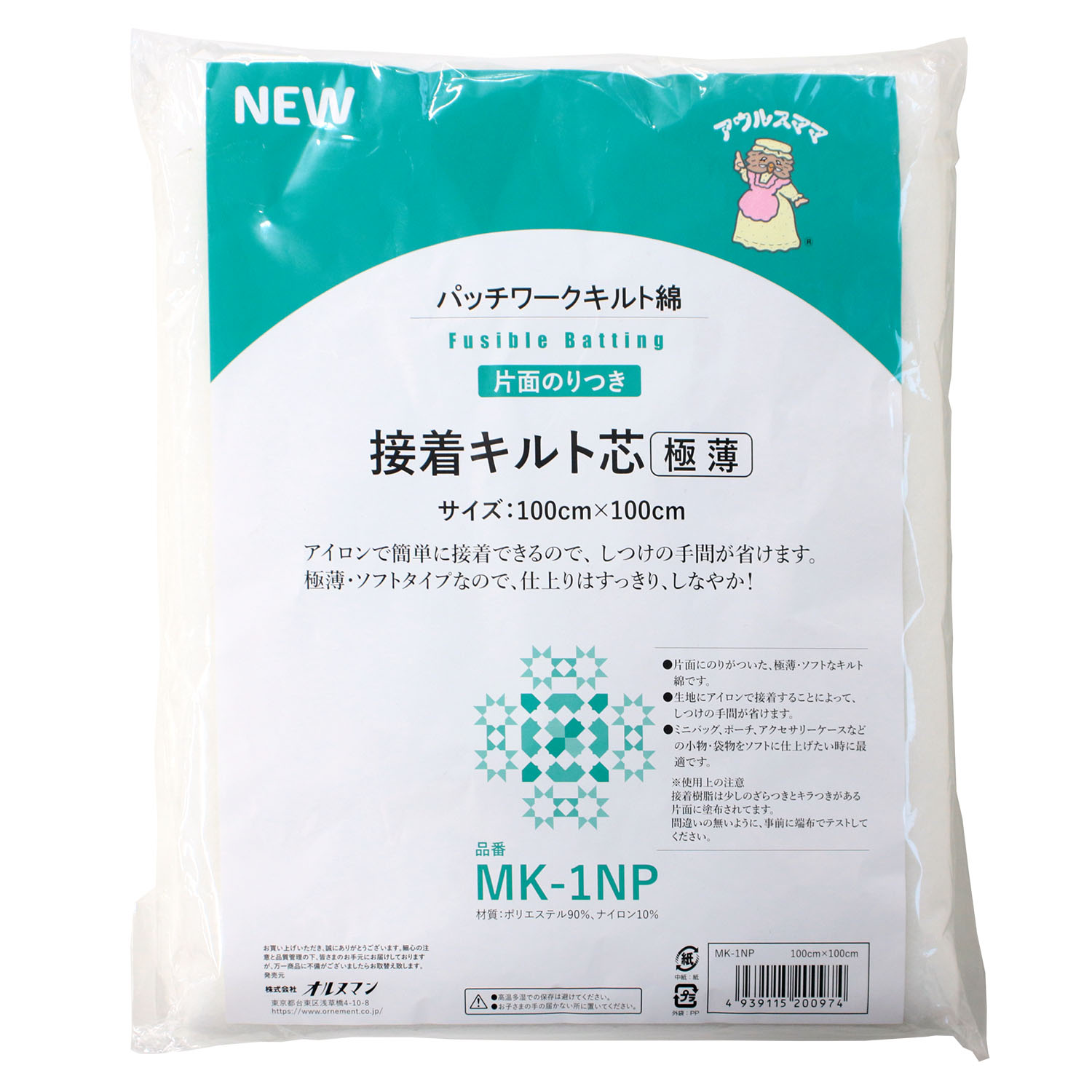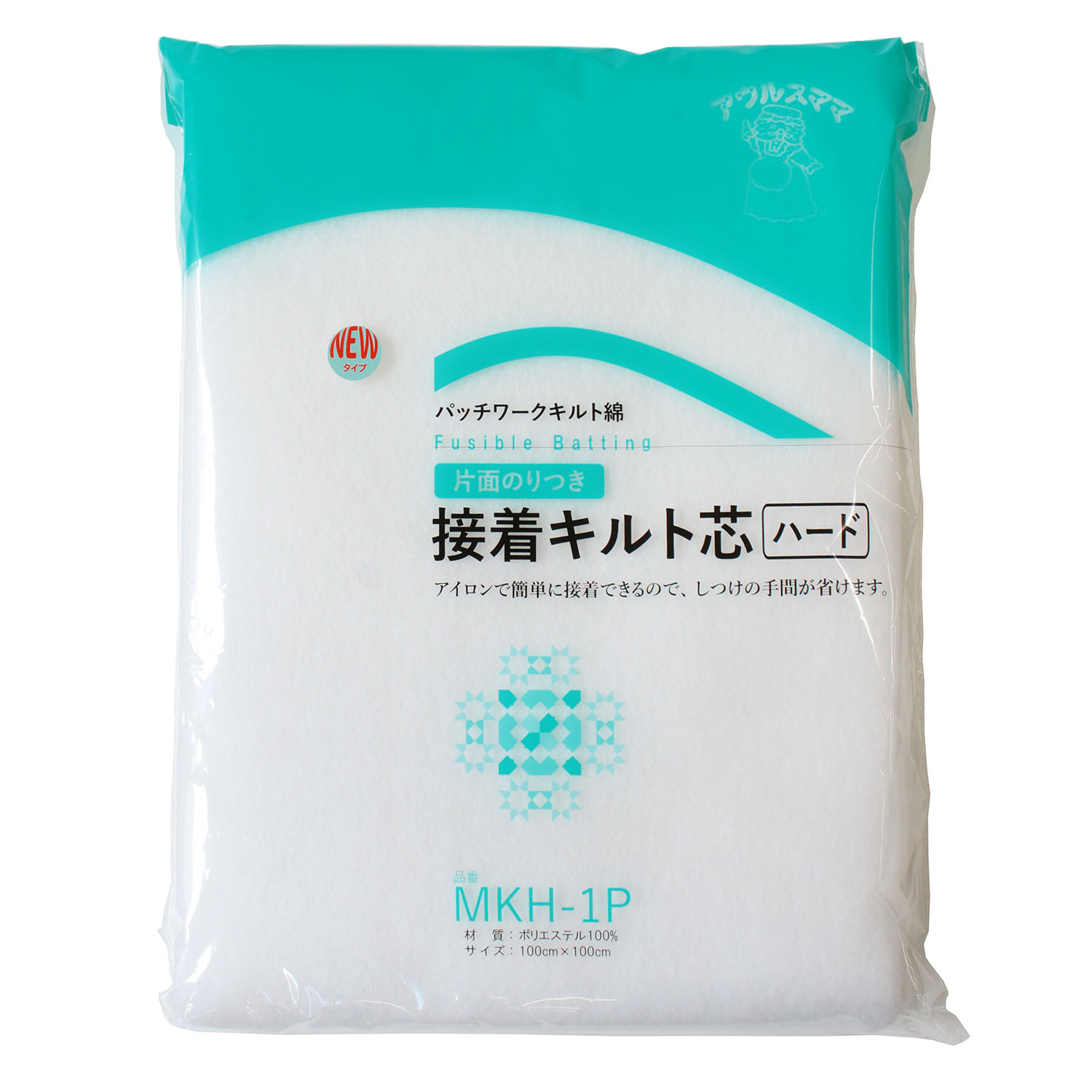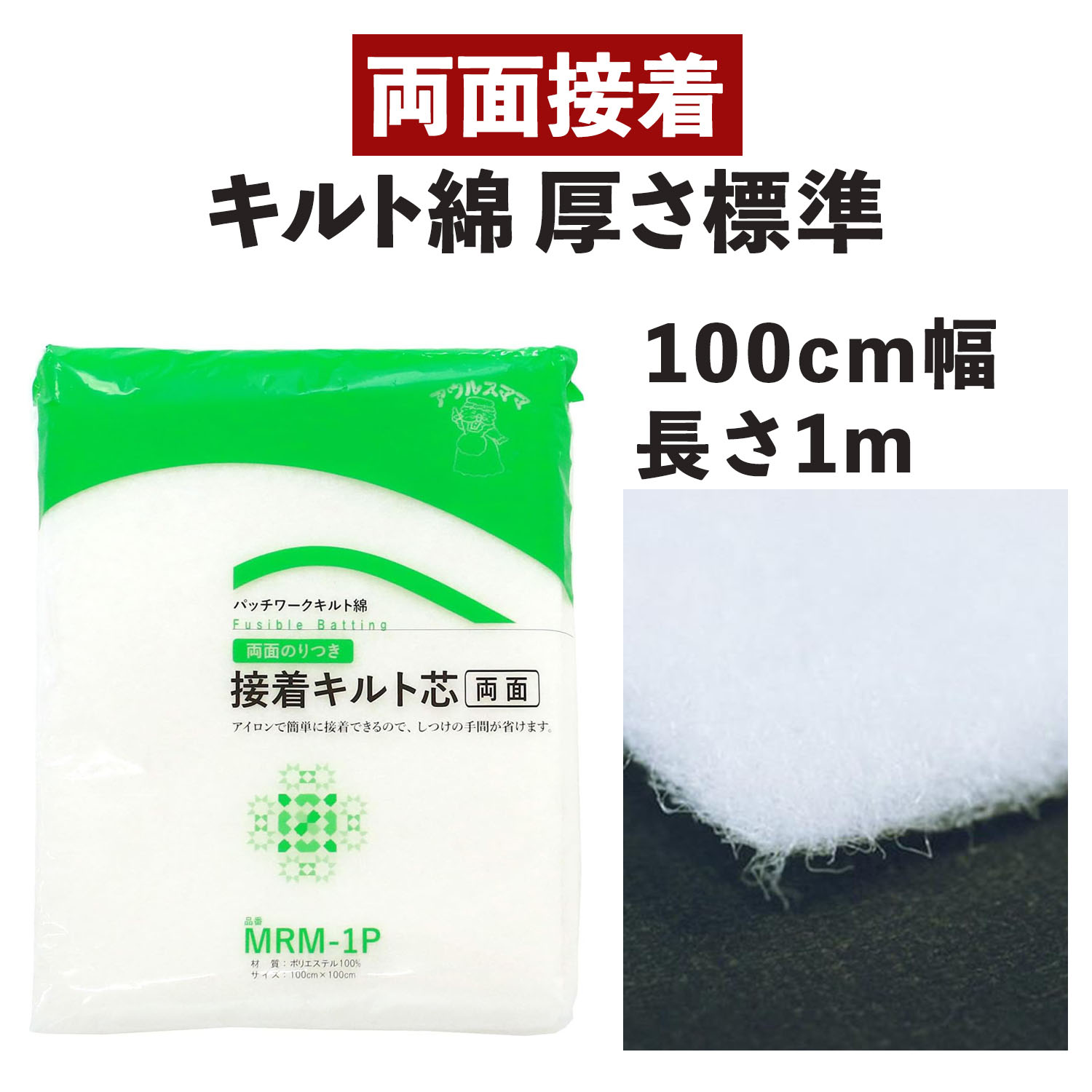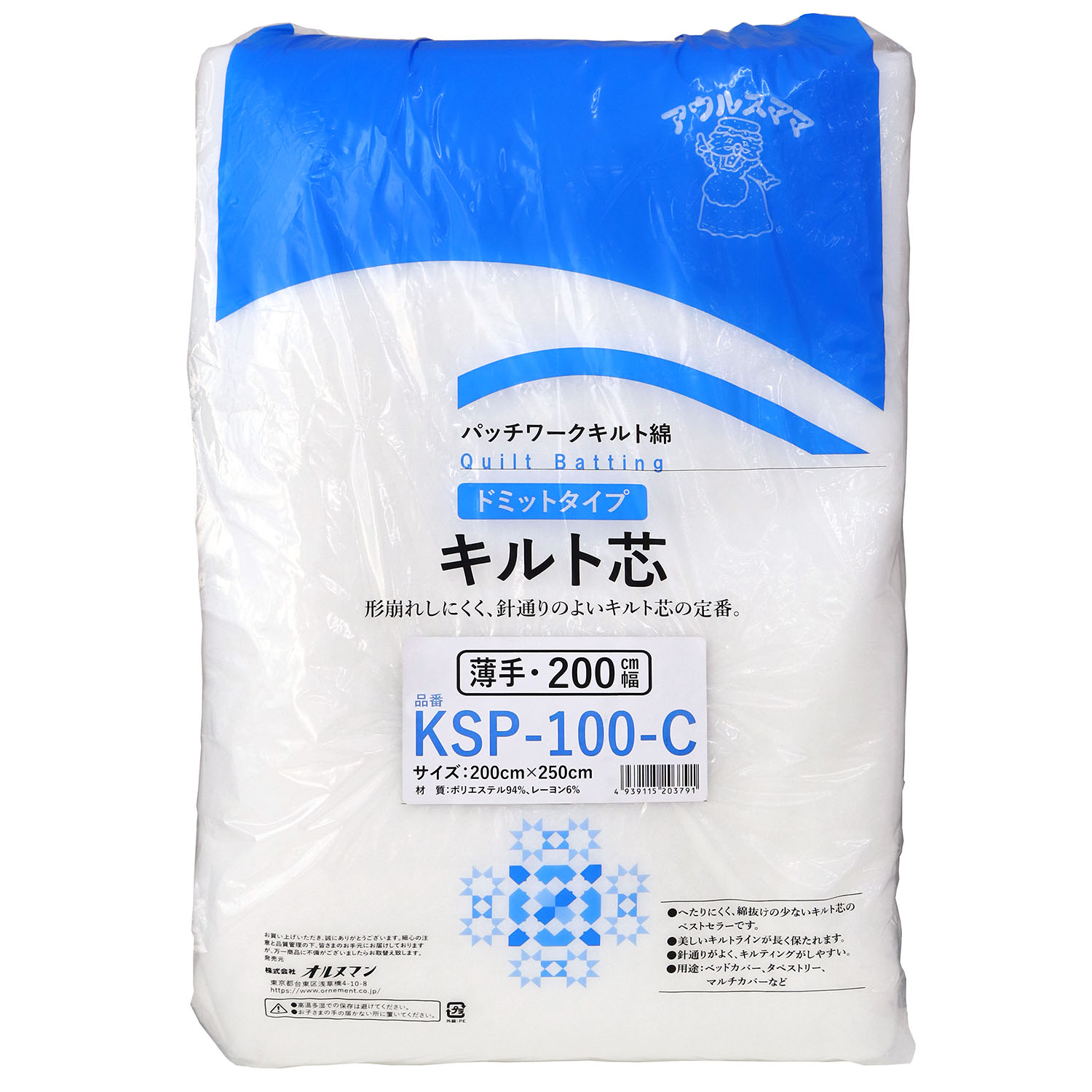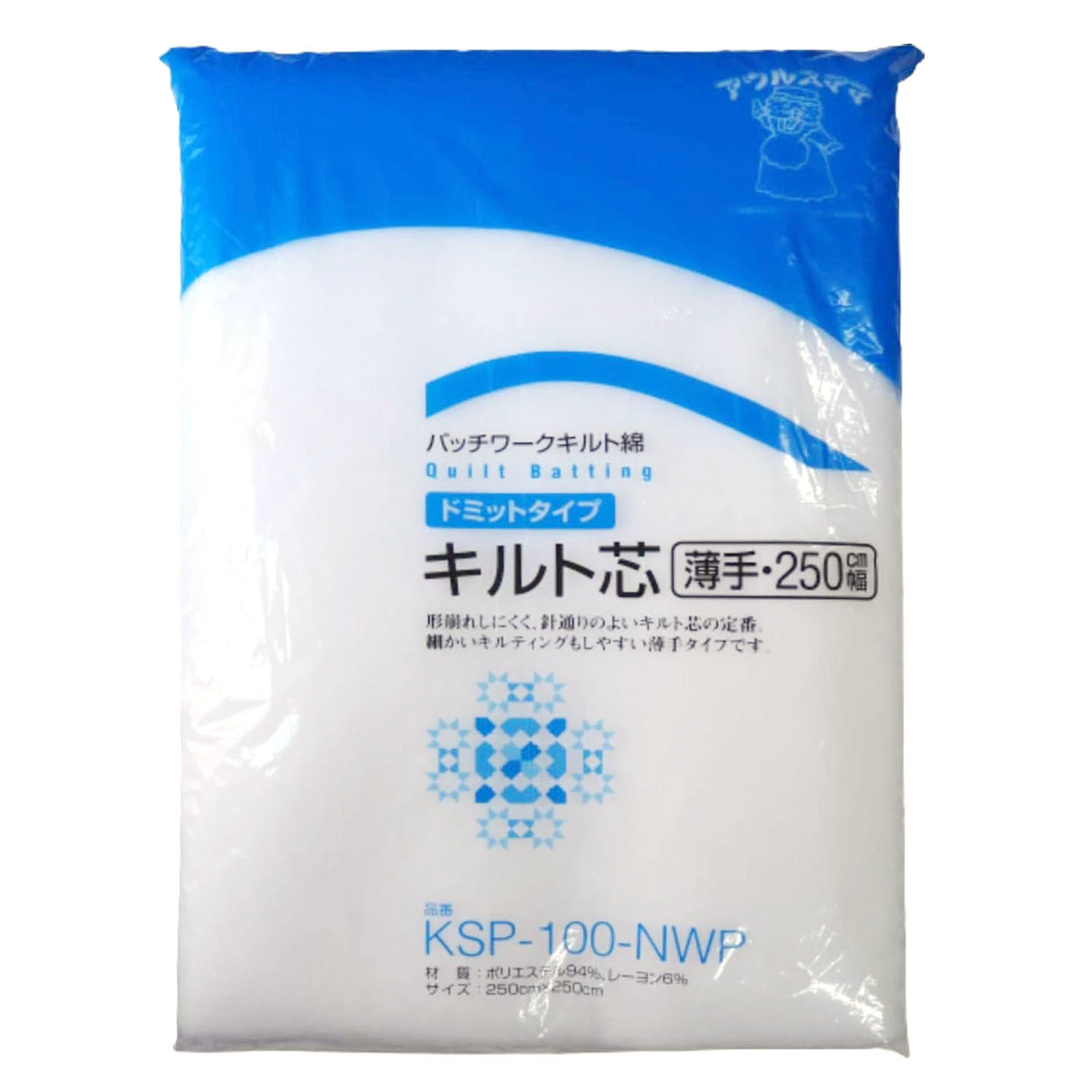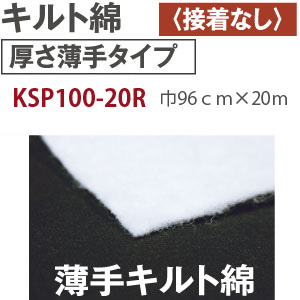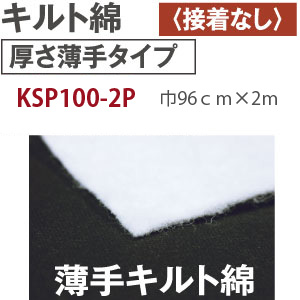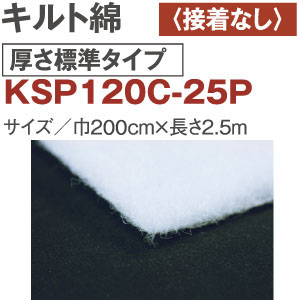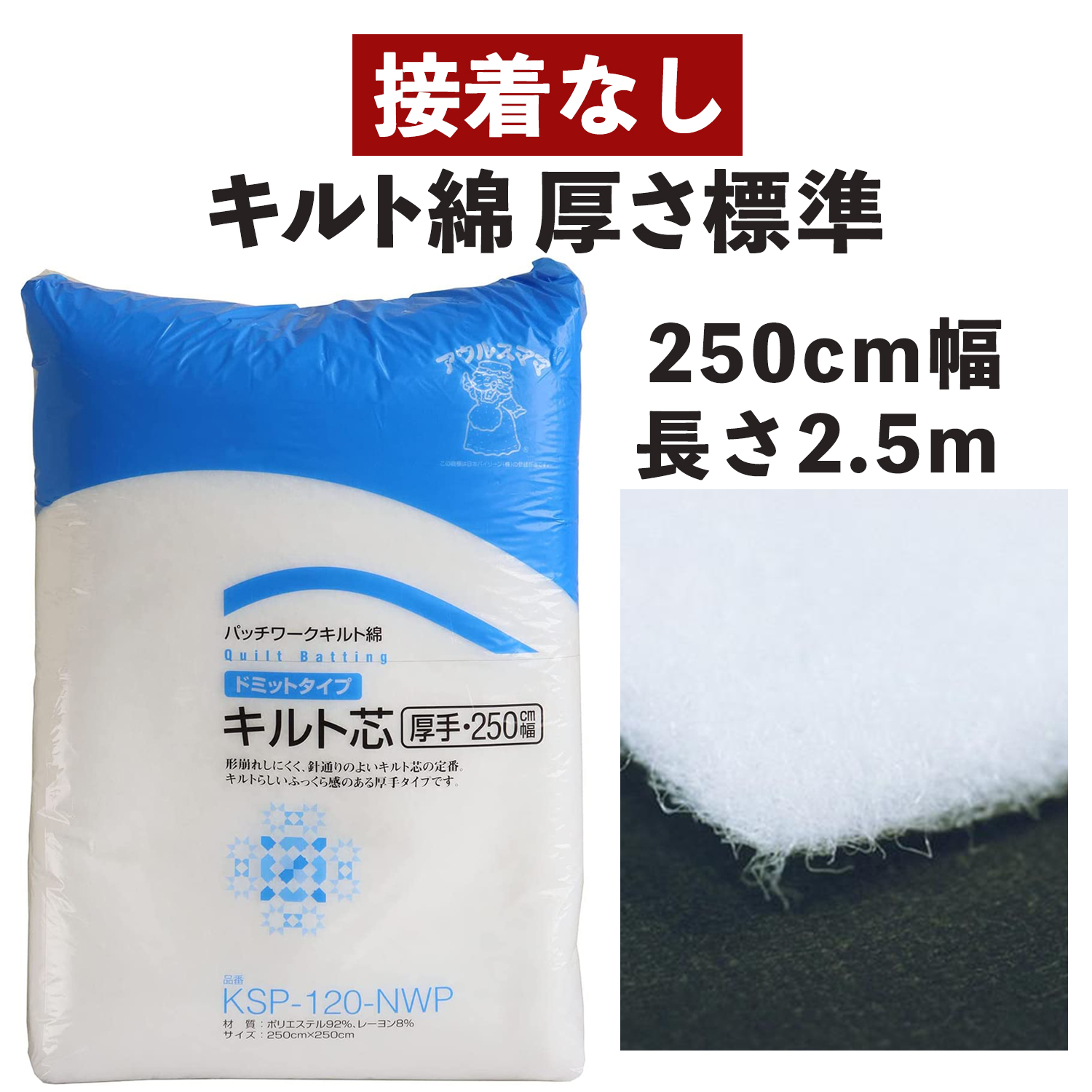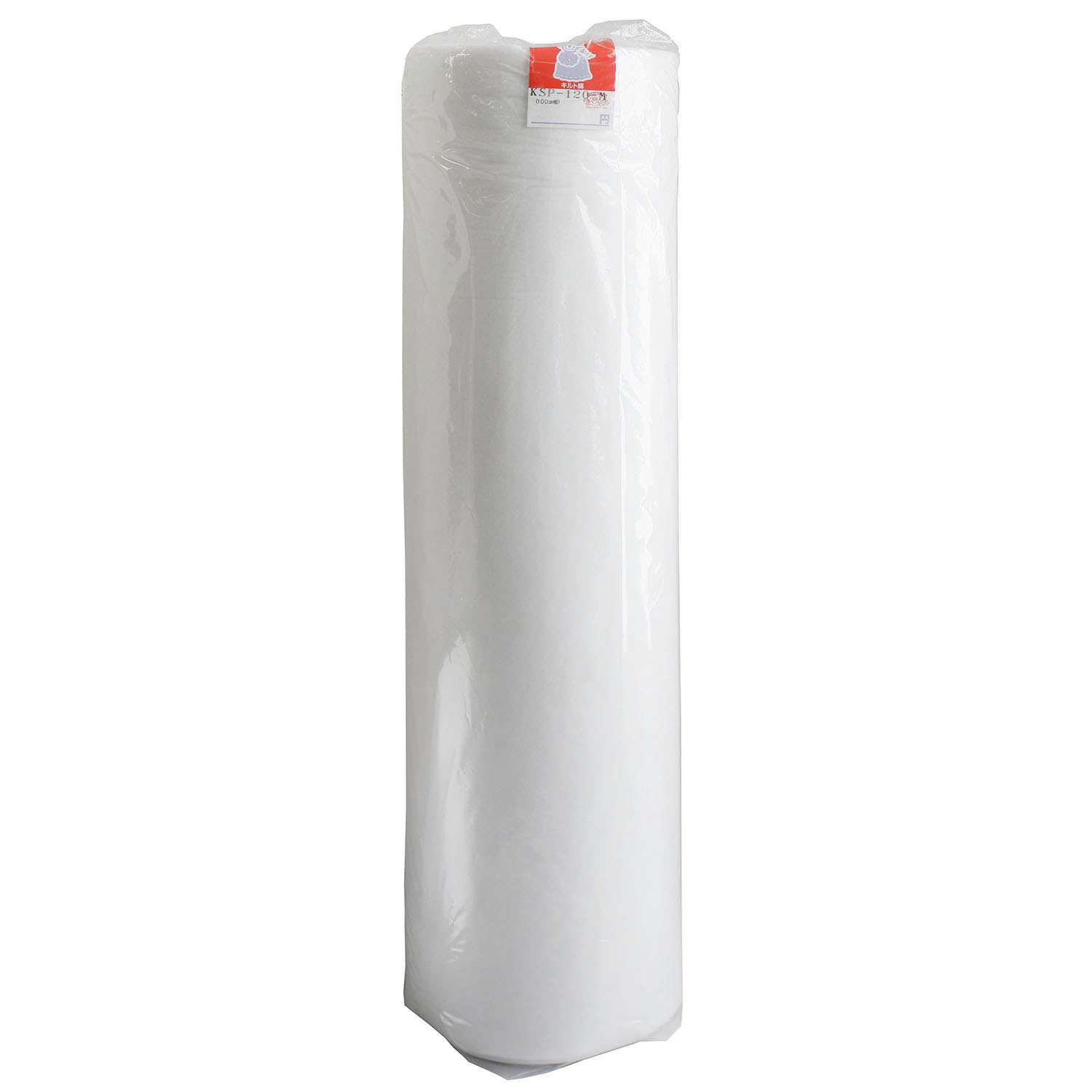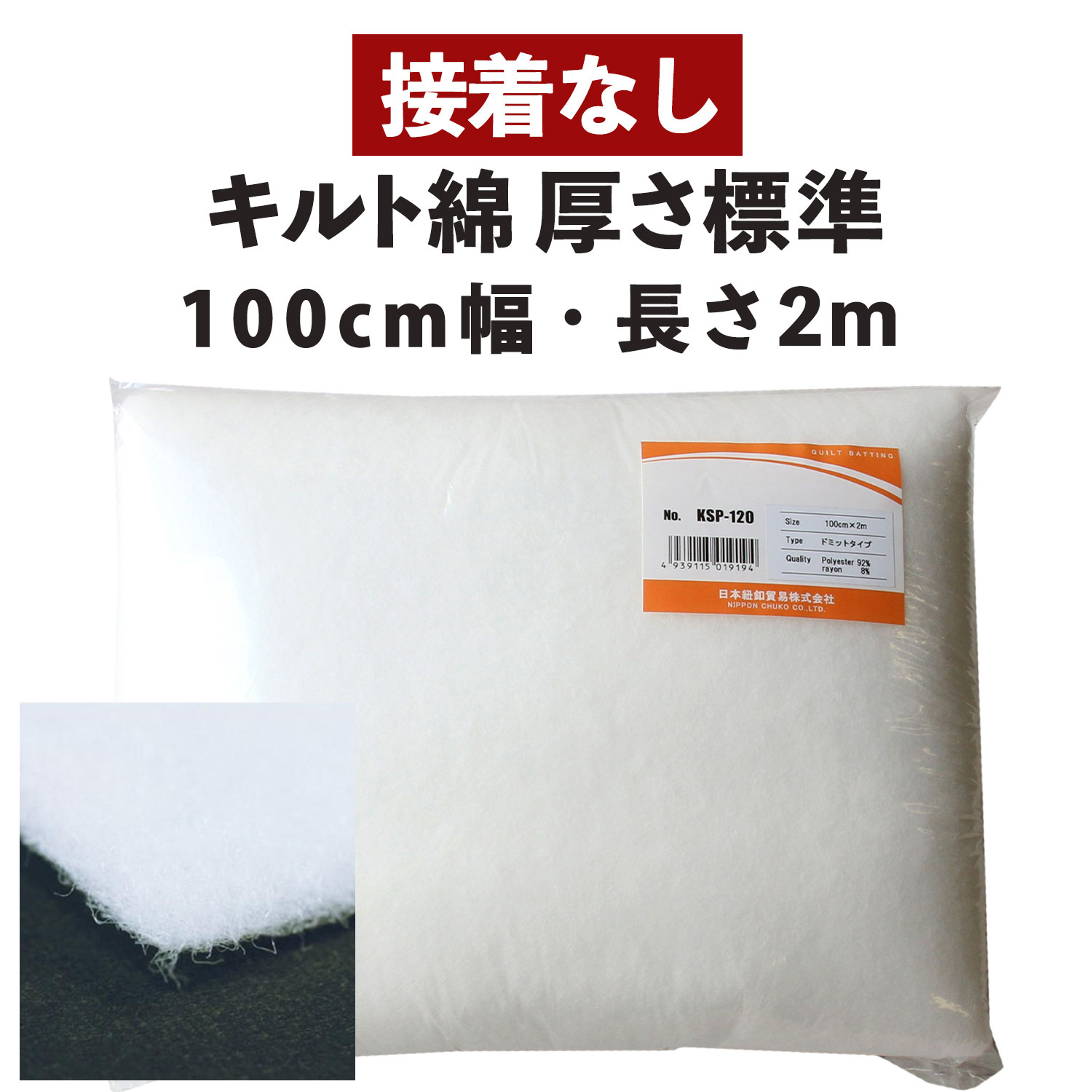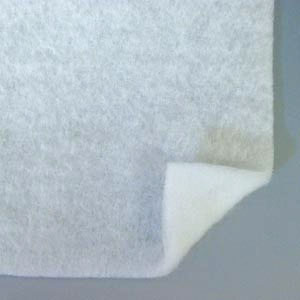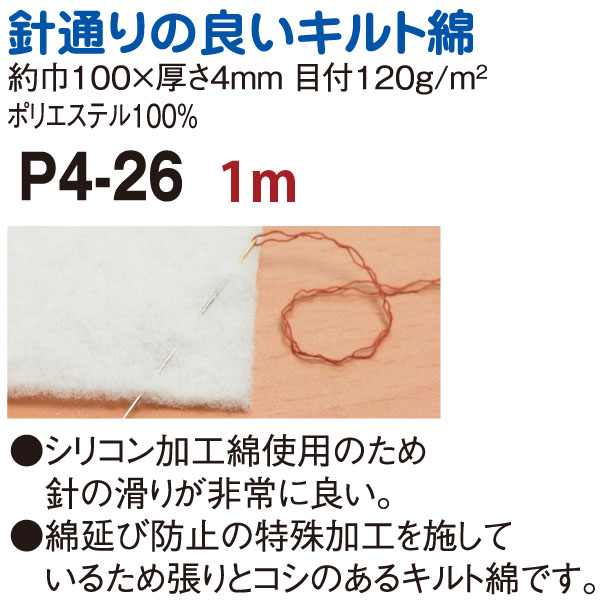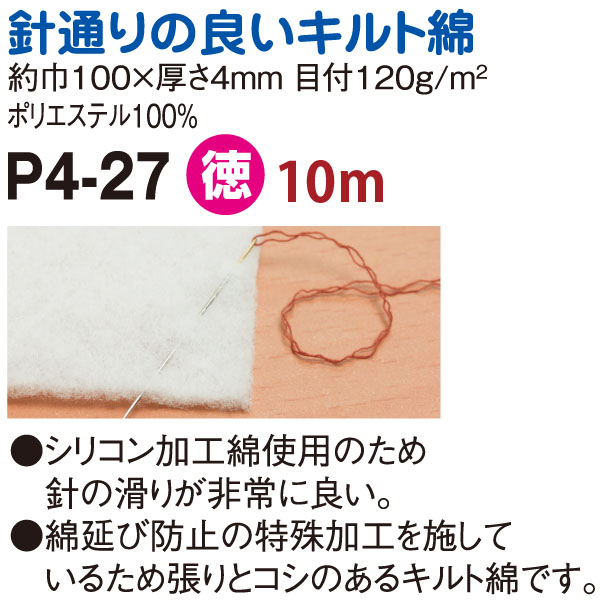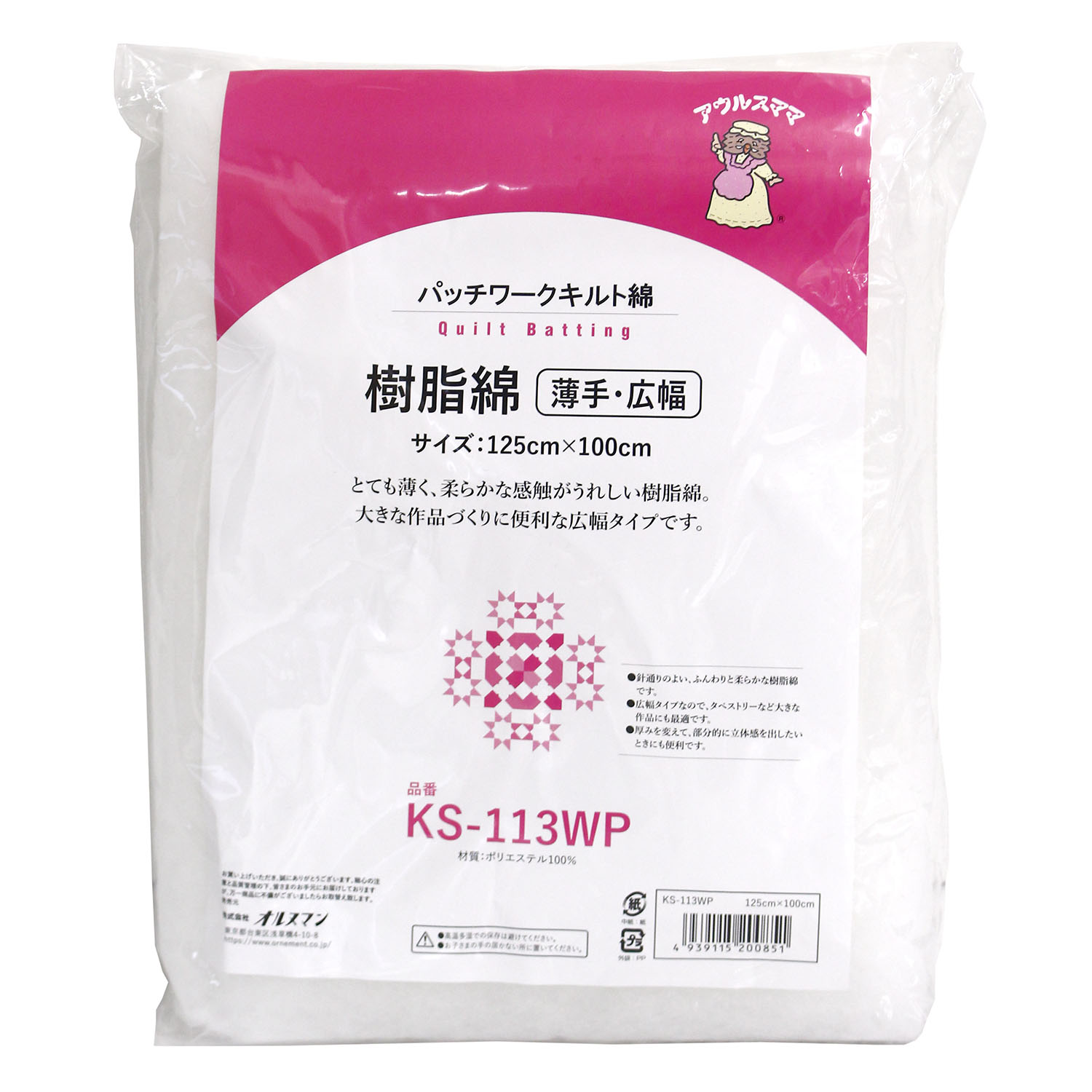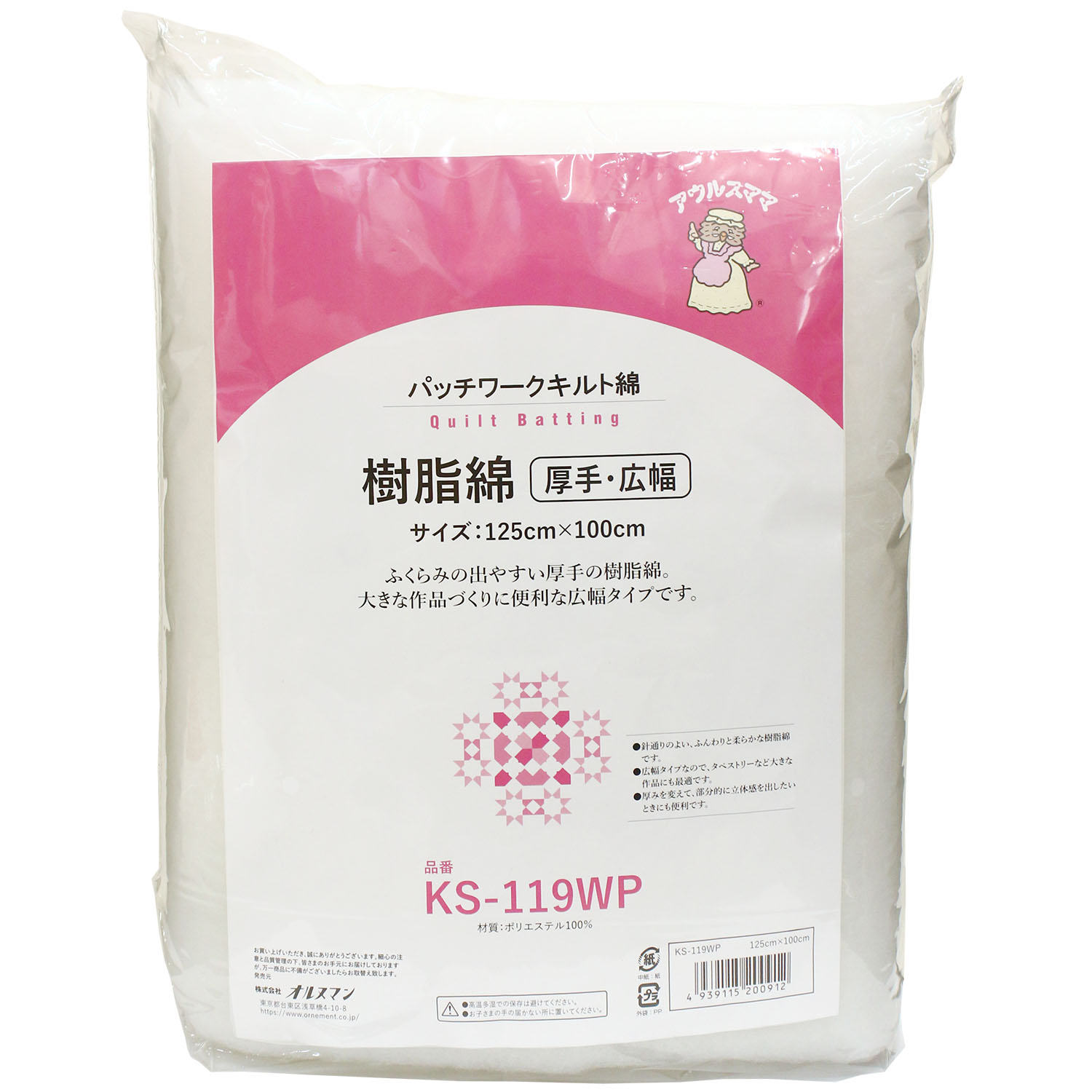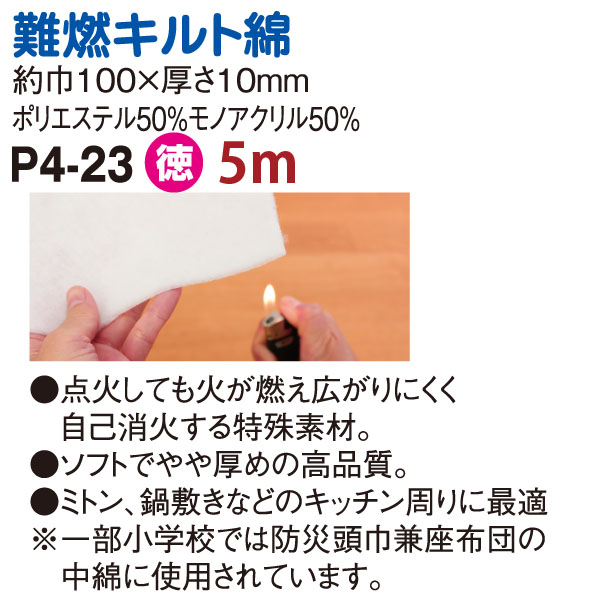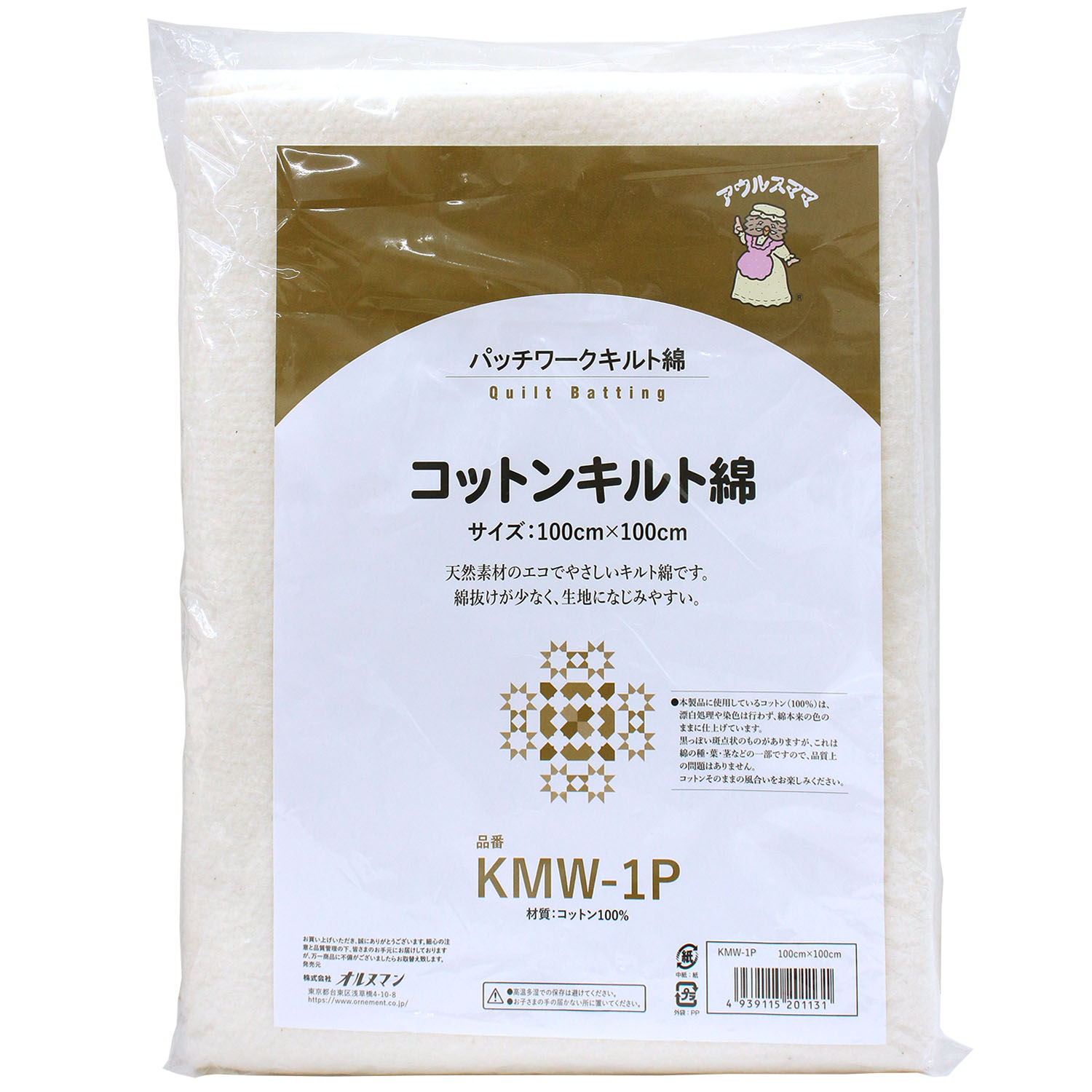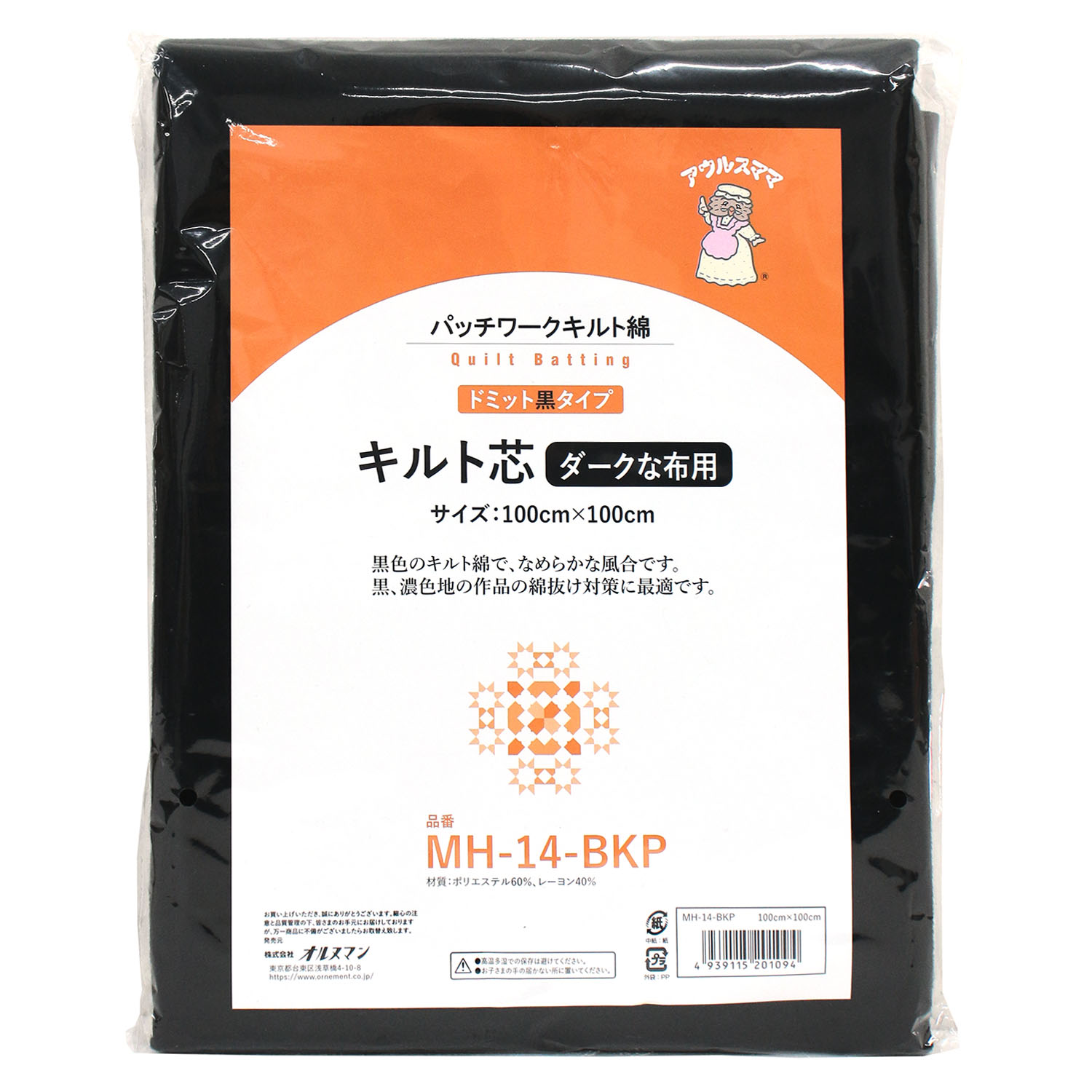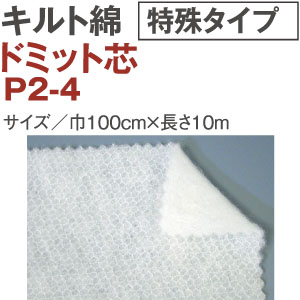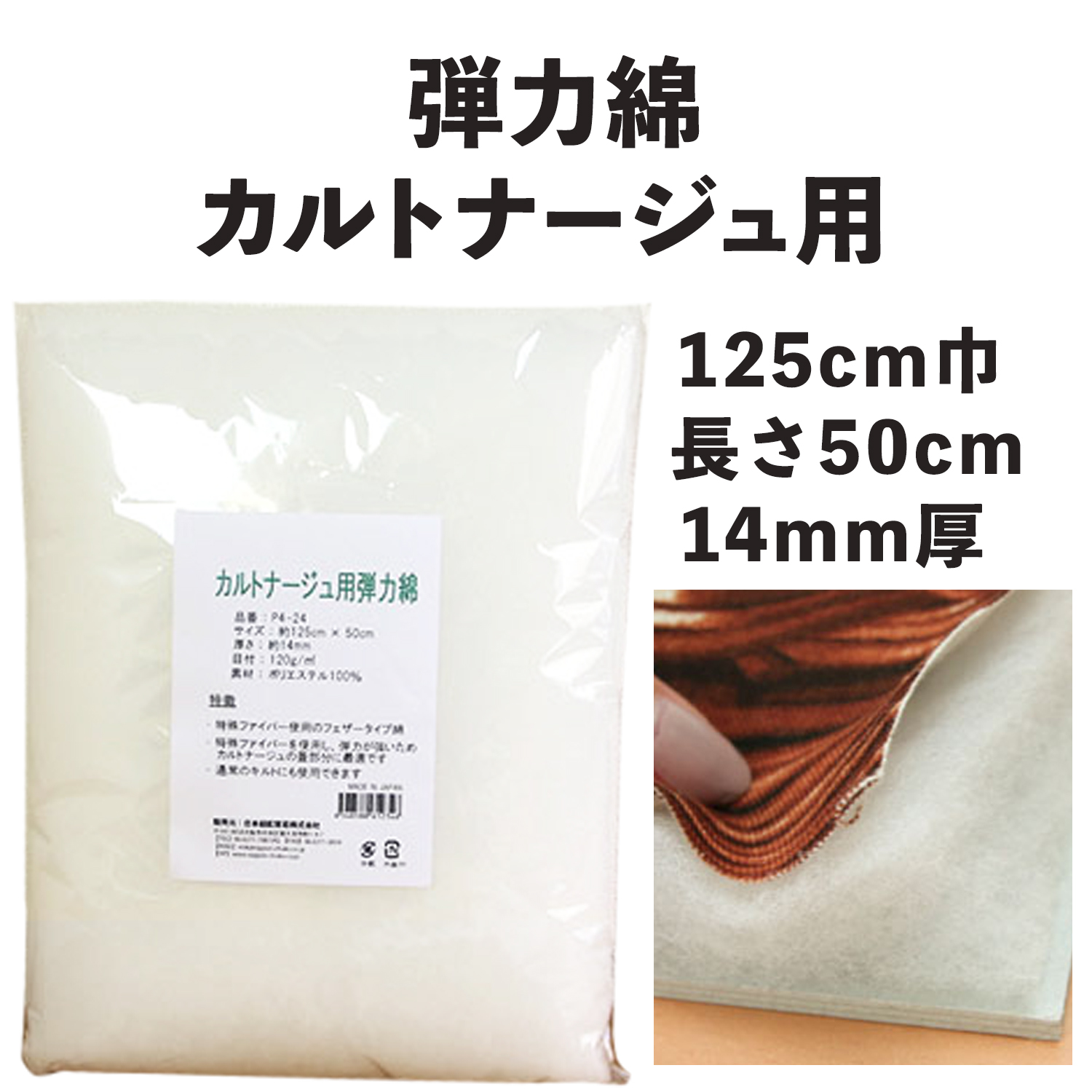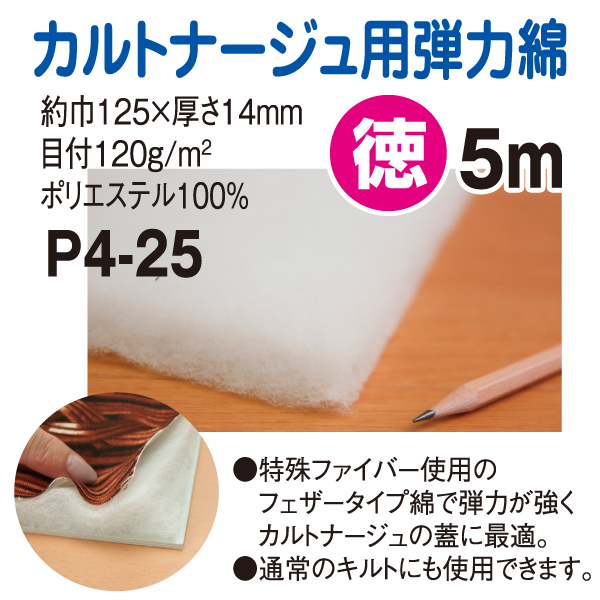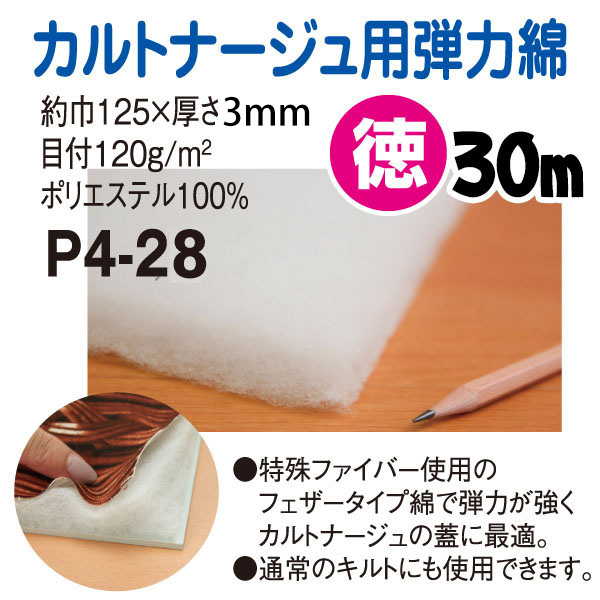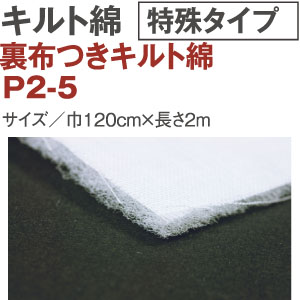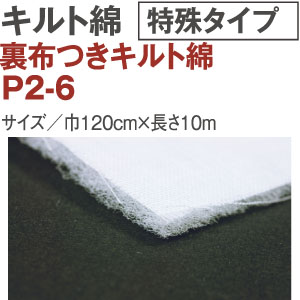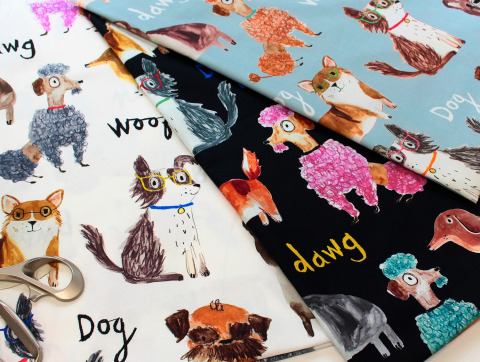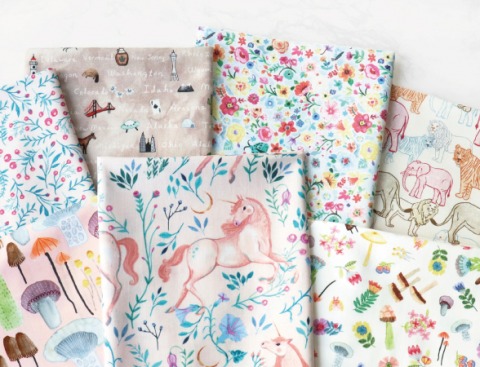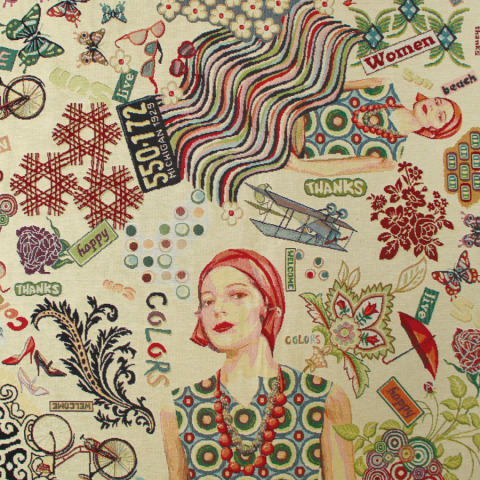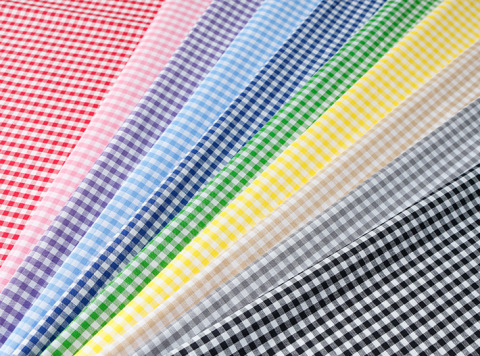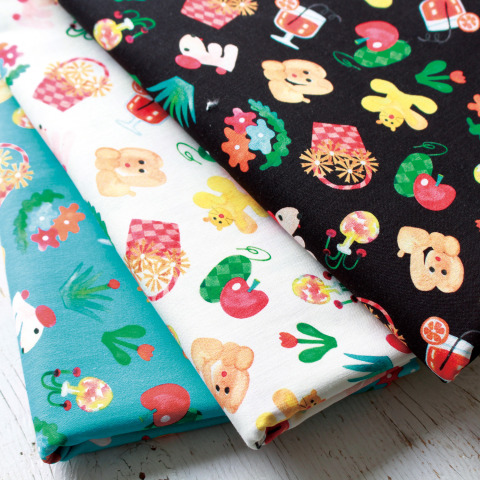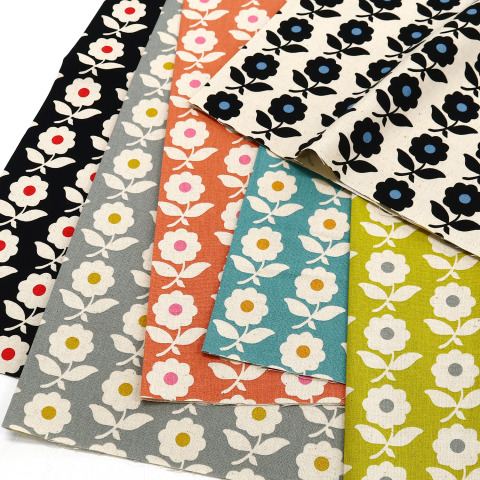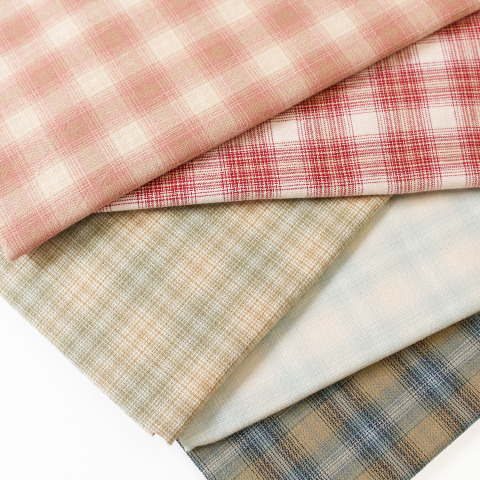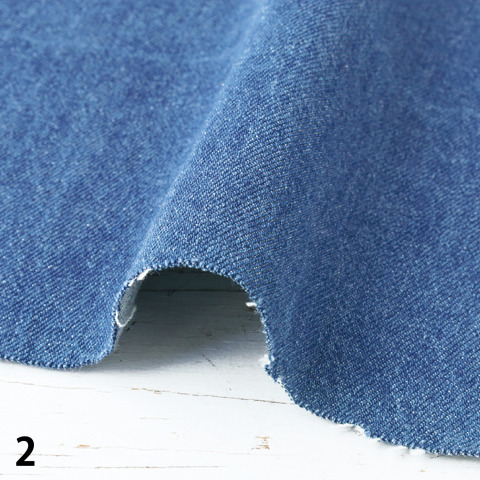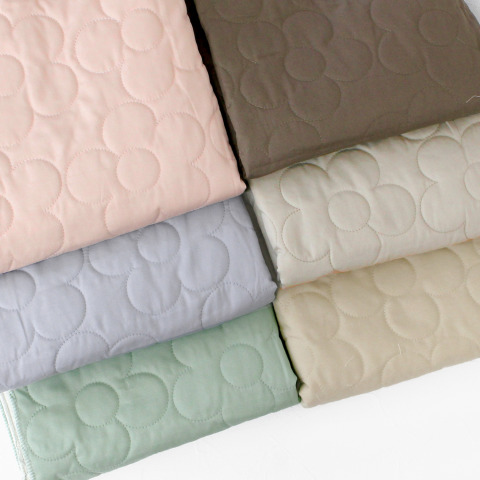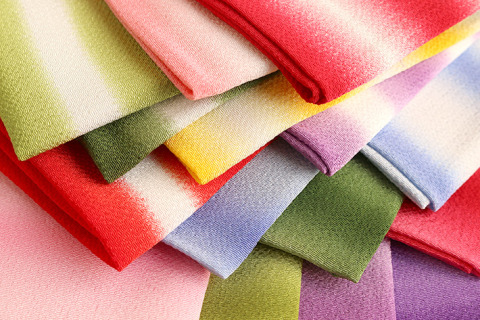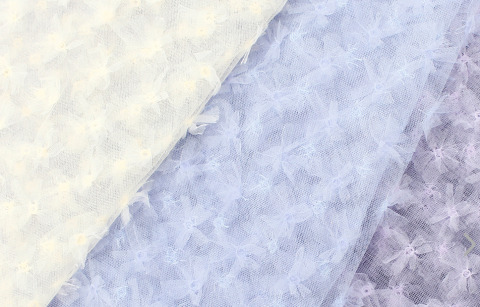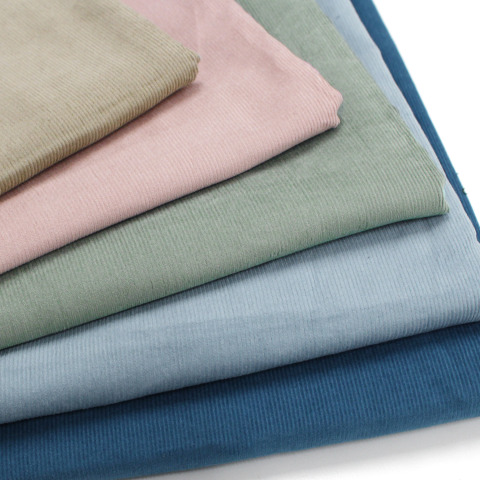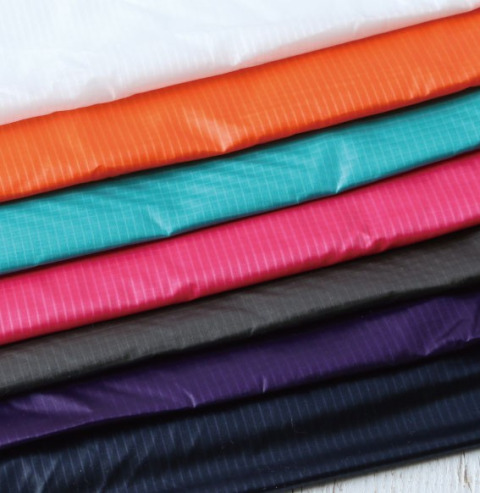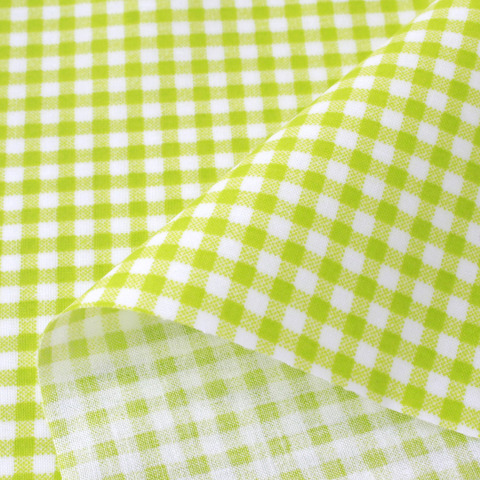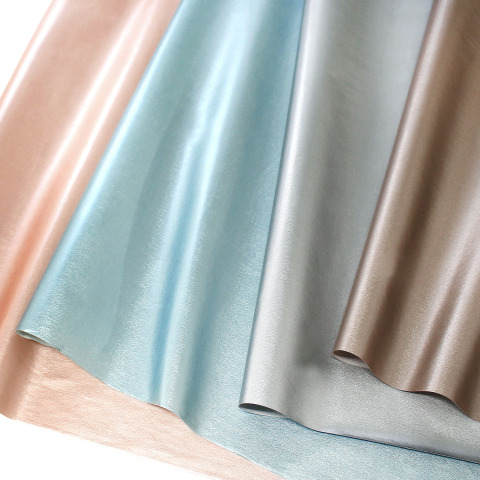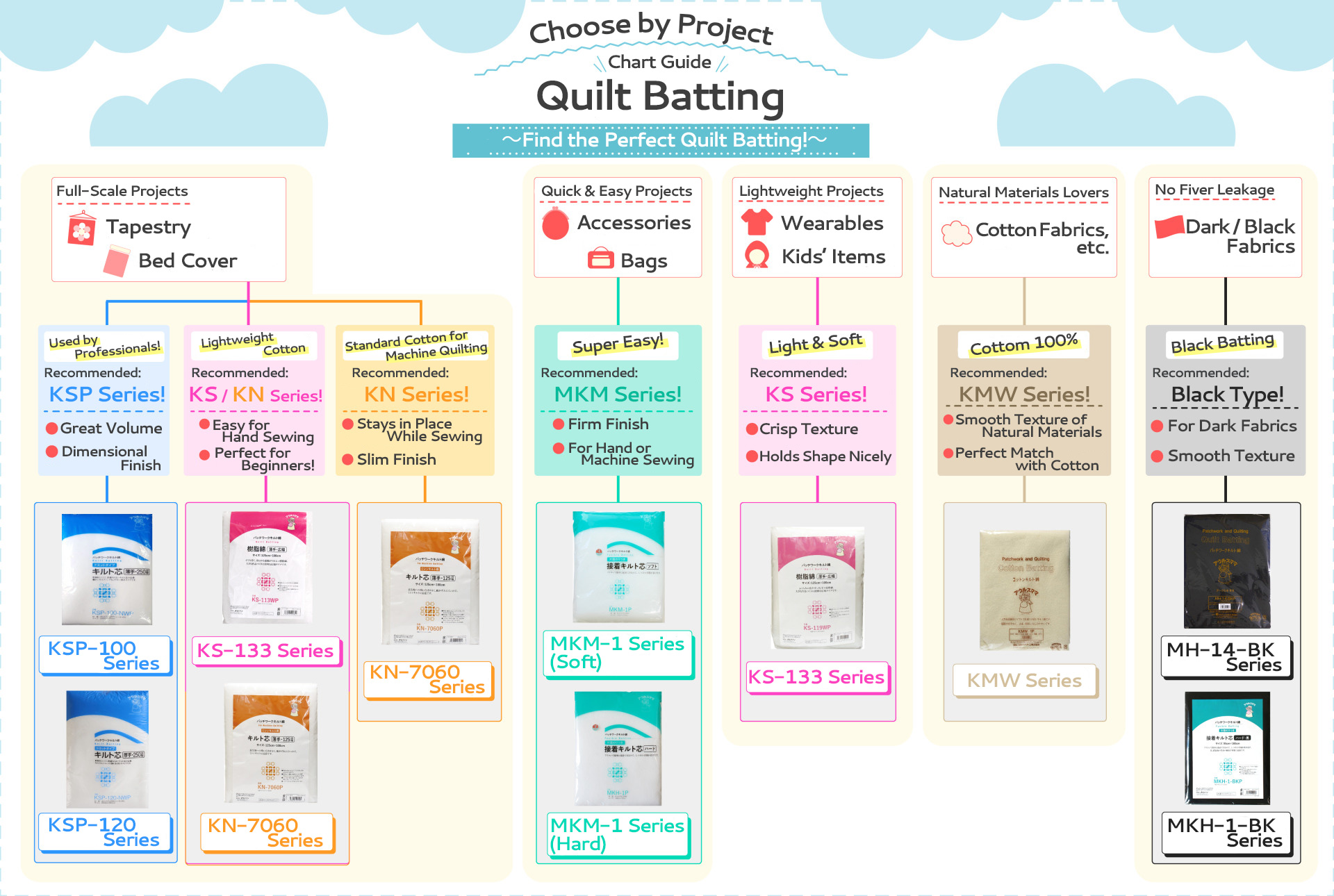
Hi there! I’m T from the 4F fabric and patchwork section.✨
Quilt batting comes in so many types that it can be hard to know which one to choose.
Sometimes we pick one without thinking and later regret, “This isn’t the finish I wanted…”
That’s why we’ve prepared an easy-to-read chart and a “choose by project” guide, even for beginners!
We’ll show you the features of each type, the benefits, and tips for buying.
We hope this helps you confidently pick the quilt batting that fits your project ♪
It’s perfect for anyone making school starter items, those ready to graduate from fusible interfacing and level up their sewing, or even busy online shoppers who can’t visit the store.
Let’s find the best quilt batting for you and make your projects more fun and exactly how you want them!
目次
What is Quilt Batting? – Basic Knowledge
What is quilt batting?
Quilt batting is the middle layer (padding) placed between fabrics. It gives fabric softness, thickness, and volume, making it an important material that affects the final look of your project.
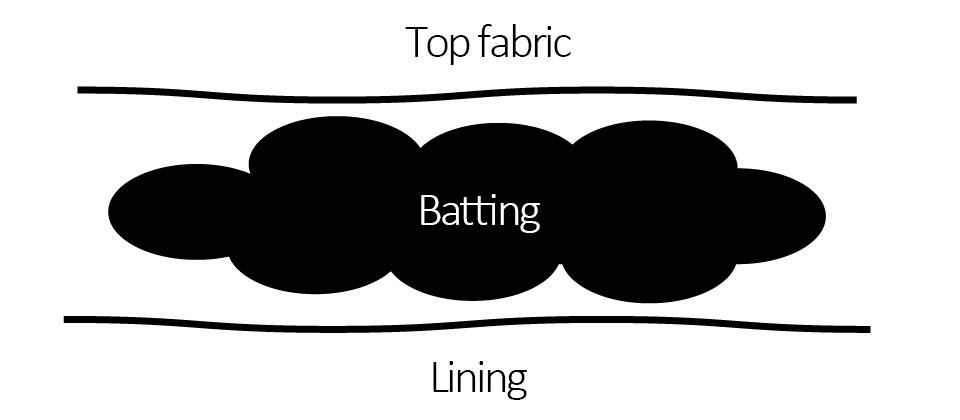
Yes! Quilt cotton is polyester batting processed into sheets, also called quilt batting.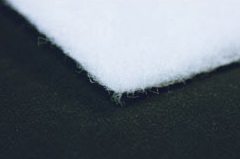
What effect does using it have?
Using quilt batting adds many benefits to your project. Choosing the right batting for your purpose improves the final result and helps you make projects you’ll really enjoy.
Benefits of Using Quilt Batting
1.Adds softness and dimension
– Gives depth to quilted projects and makes them look more luxurious.
2.Improves warmth and cushioning
– Great for blankets or baby items, adding softness and comfort.
3.Strengthens your project
– Using it in bags or home décor keeps shapes firm and makes them more durable.
Types of Quilt Batting – Explained in a Table
Types of quilt batting
| Type | Fusible Quilt Batting | Machine Quilt Batting | Thick Batting (Domett) | Polyester Batting |
|---|---|---|---|---|
| Features | A thin batting with adhesive on one or both sides | A thick sheet-like batting made of cotton or polyester | Compressed batting with a stabilizing net on the back | Soft and lightweight batting |
| Good Points | Easy to fuse with an iron | Ideal for projects where you want a fluffy look | Holds its shape well | Gives a natural finish |
| Weak Points | May not adhere well to heat-sensitive fabrics | Can be difficult to sew depending on thickness | Not suitable for creating a fluffy feel |
Has glue on it, saving time on basting and giving a clean, fast finish.
Designed for easy sewing with a machine, smooth to stitch.
Compressed batting or a two-layer structure (fluffy cotton + backing) that keeps quilting lines neat.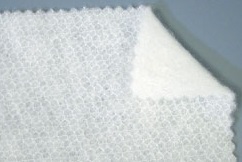
Made from synthetic fibers like polyester.
Learn More – About Each Type
Saves Basting Time!~Fusible Quilt Batting~
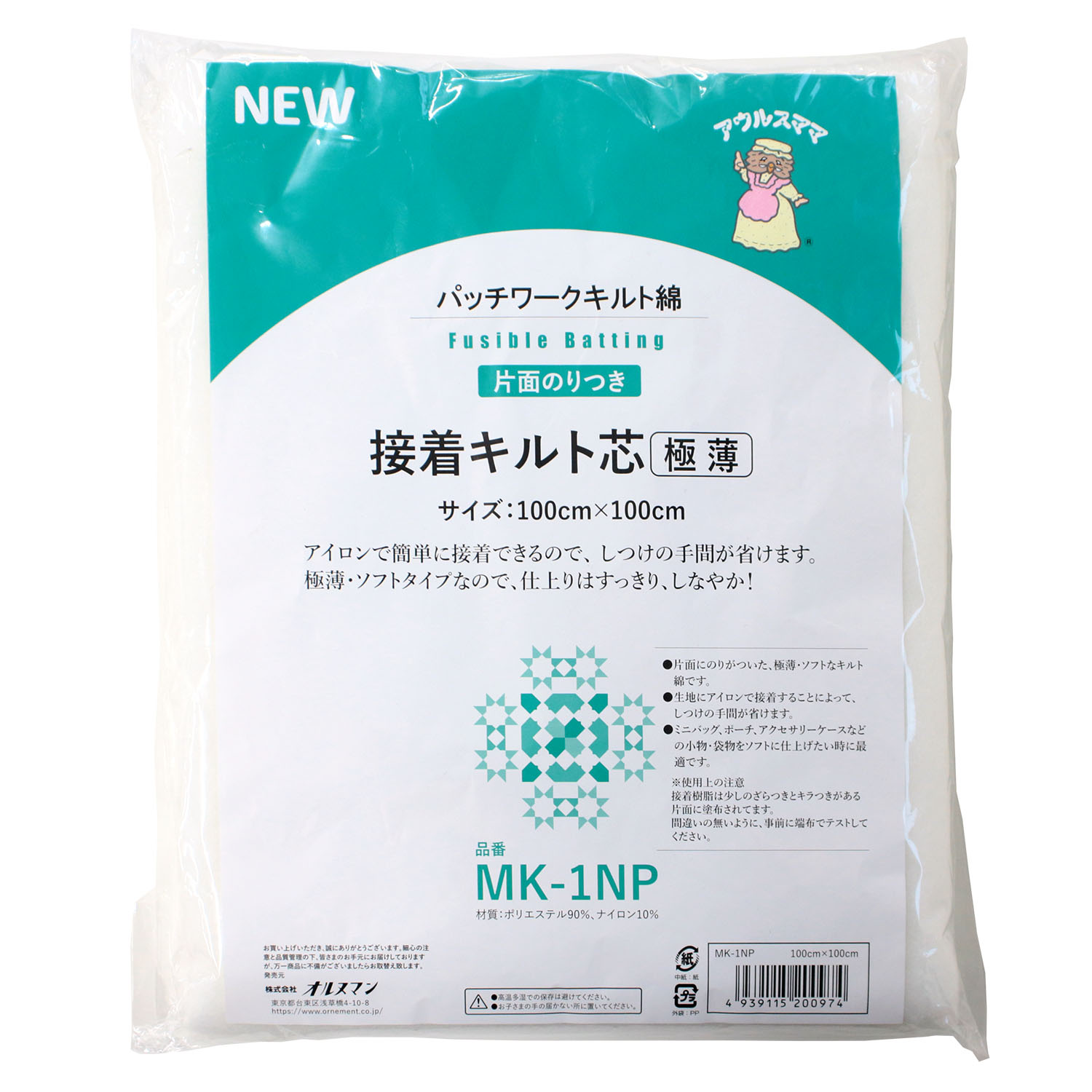
| Fusible Quilt Batting | Lightweight Type (One-Sided Fusible) | Soft Type (One-Sided Fusible) | Firm Type (One-Sided Fusible) | Two-Sided Fusible |
|---|---|---|---|---|
| Product Number | MK-1NP | MKM-1P | MKH-1P | MRM-1P |
| Size | 92cm×1m | 100cm×1m | 100cm×1m | 100cm×1m |
| Weight (gsm) | 60g/m² | 120g/m² | 145g/m² | 170g/m² |
| Features | Thin & Smooth | Lightly firm with volume | Firm with volume | Firm, for medium to heavy fabrics |
| Other Sizes Available | ・CN8000-2P(92cm×2m,82g/m²) | ・MKM-1(100cm×20m) ・MKM-2P(100cm×2m) | ・MRM-1(100cm×20m) |
Standard Cotton for Machine Quilt!~Machine Quilt Batting~
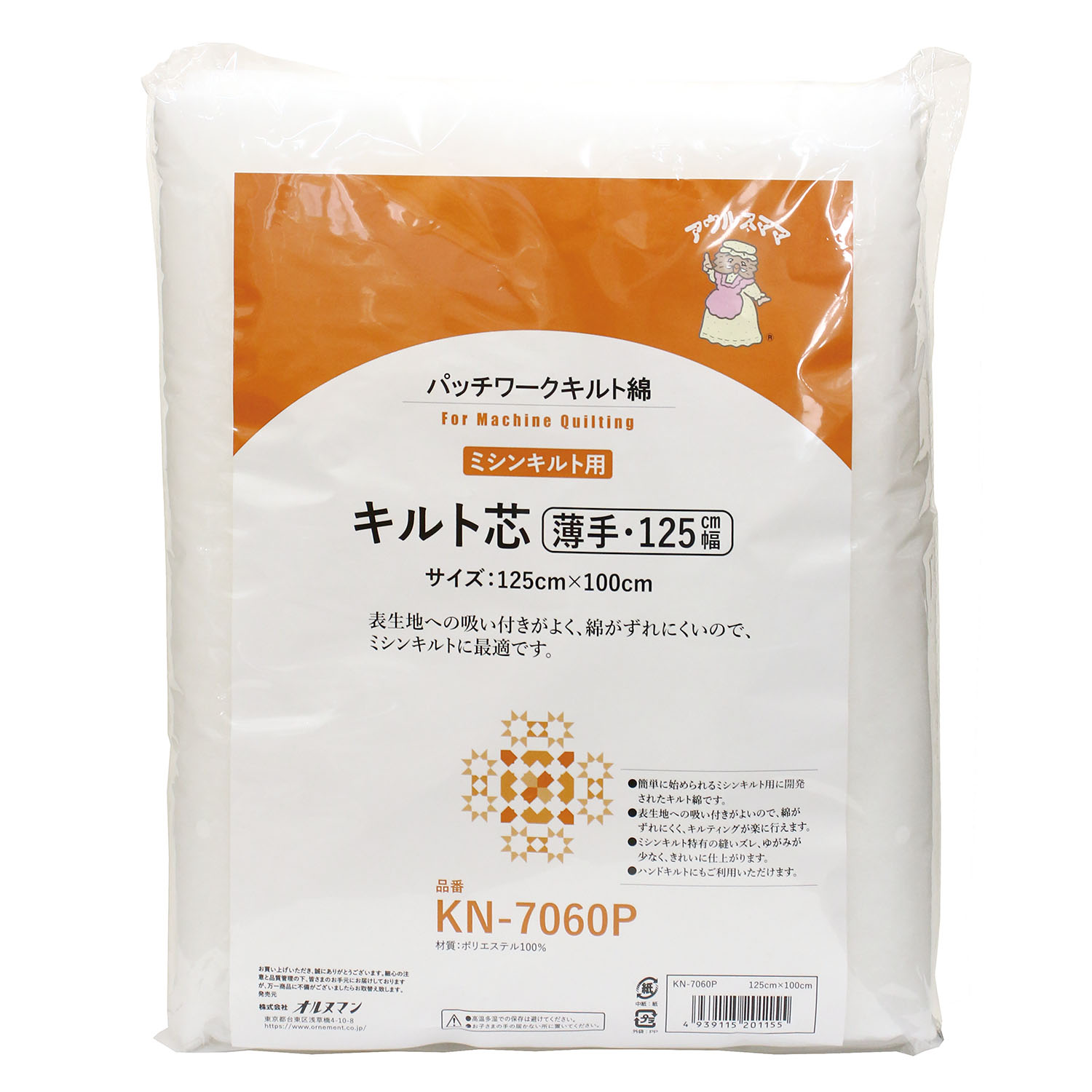
| Machine Quilt Batting | 【Classic!】 Light Type |
|---|---|
| Product Number | KN-7060P |
| Size | 125cm×1m |
| Weight (gsm) | 60g/m² |
| Features | Thin, Soft Finish |
| Other Sizes Available | ・KN-7060M(125cm×20m) ・KN-7060WP(250cm×2.5m) |
Used by Professionals!A Sewing Classic~Thick Batting (Domett)~
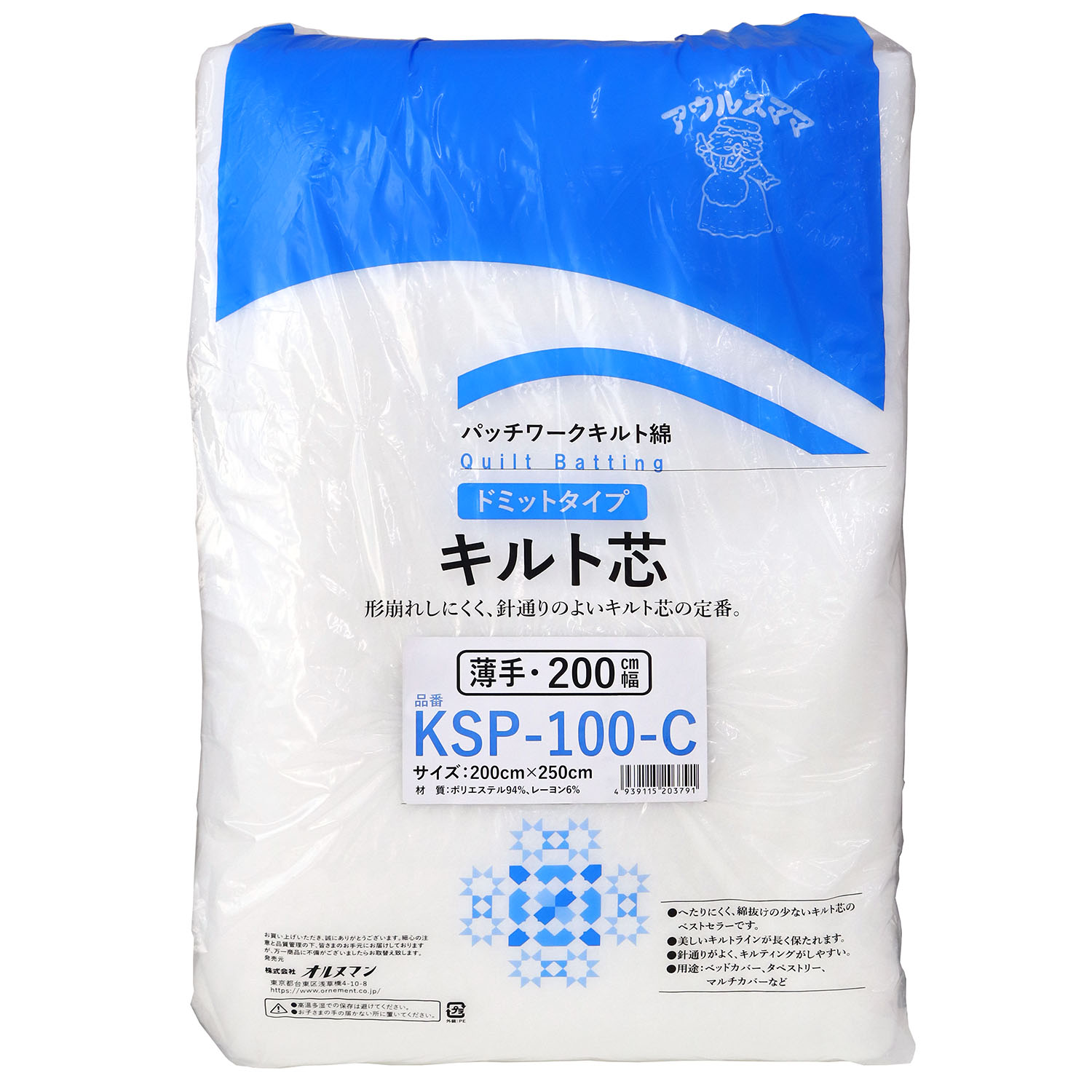
| Thick Batting (Domett) | Light Type | Heavy Type |
|---|---|---|
| Product Number | KSP-100-C | KSP-120-C |
| Size | 200cm×2.5m | 200cm×2.5m |
| Weight (gsm) | 100g/m² | 120g/m² |
| Features | Voluminous, fluffy finish for dimensional projects | Very voluminous, creates a highly dimensional look |
| Other Sizes Available | ・KSP-100-NWP(250cm×2.5m) ・KSP100-20R(100cm×20m) ・KSP100-2P(96cm×2m) ・CN9000-1P(96cm×1m) | ・KSP-120-NWP(250cm×2.5m) ・KSP120-20R(100cm×20m) ・KSP120-2P(96cm×2m) ・KSP120-200R(200cm×10m) ・P4-9(100cm×10m,130g/m²) ・P4-26(100cm×1m) ・P4-27(100cm×10m) |
~Light Type~
~Heavy Type~
Chuko Onlineオンラインストアでご注文
Chuko OnlineThe Versatile Type!~Polyester Batting~
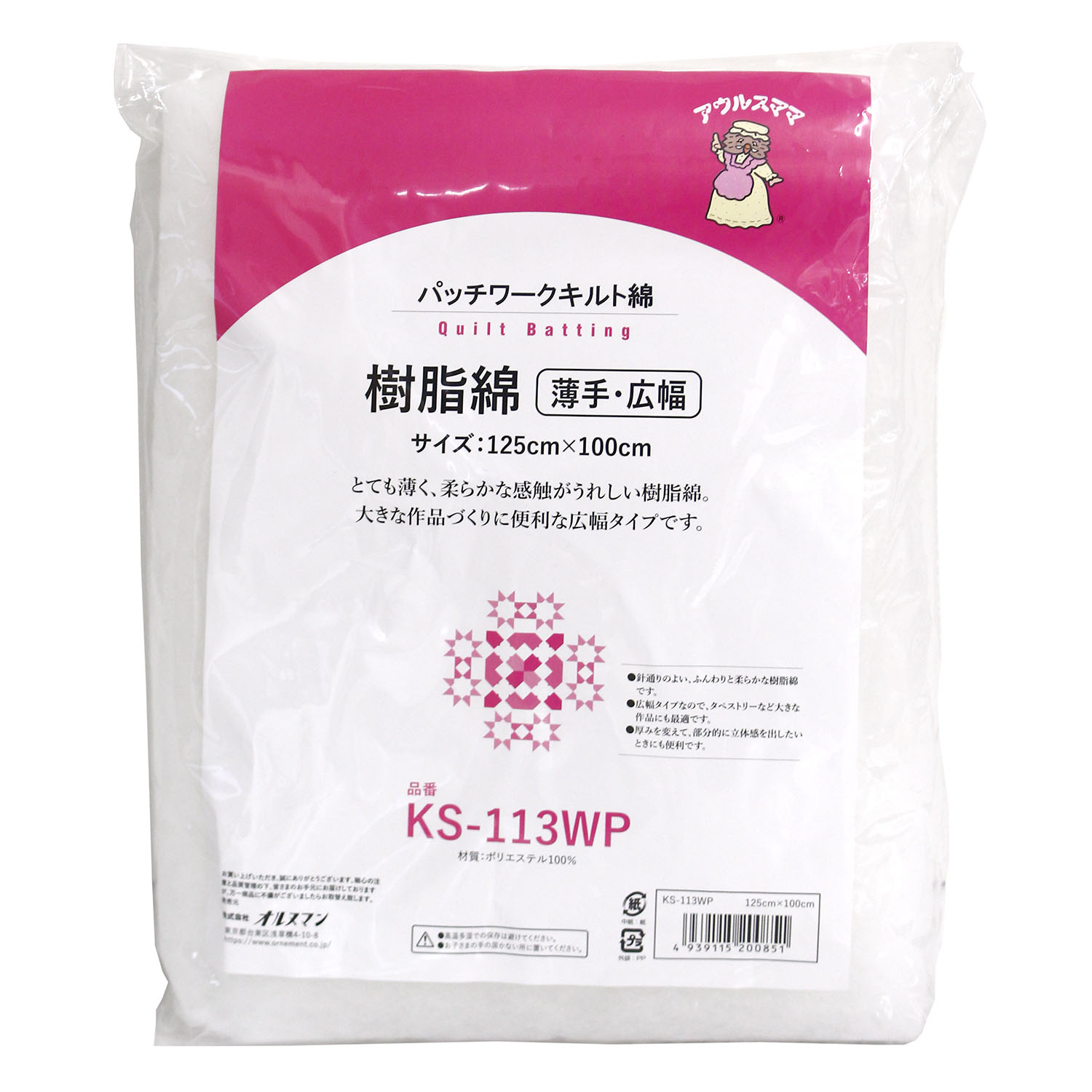
| Polyester Batting | Light Type | Heavy Type |
|---|---|---|
| Product Number | KS-113WP | KS-119WP |
| Size | 125cm×1m | 125cm×1m |
| Weight (gsm) | 30g/m² | 90g/m² |
| Features | Thin and lightweight, with a clean finish | Thick and firm finish with body |
Chuko Onlineオンラインストアでご注文
Chuko Online【Special Edition】 For Those Who Want Something Unique! ~Special Quilt Batting~
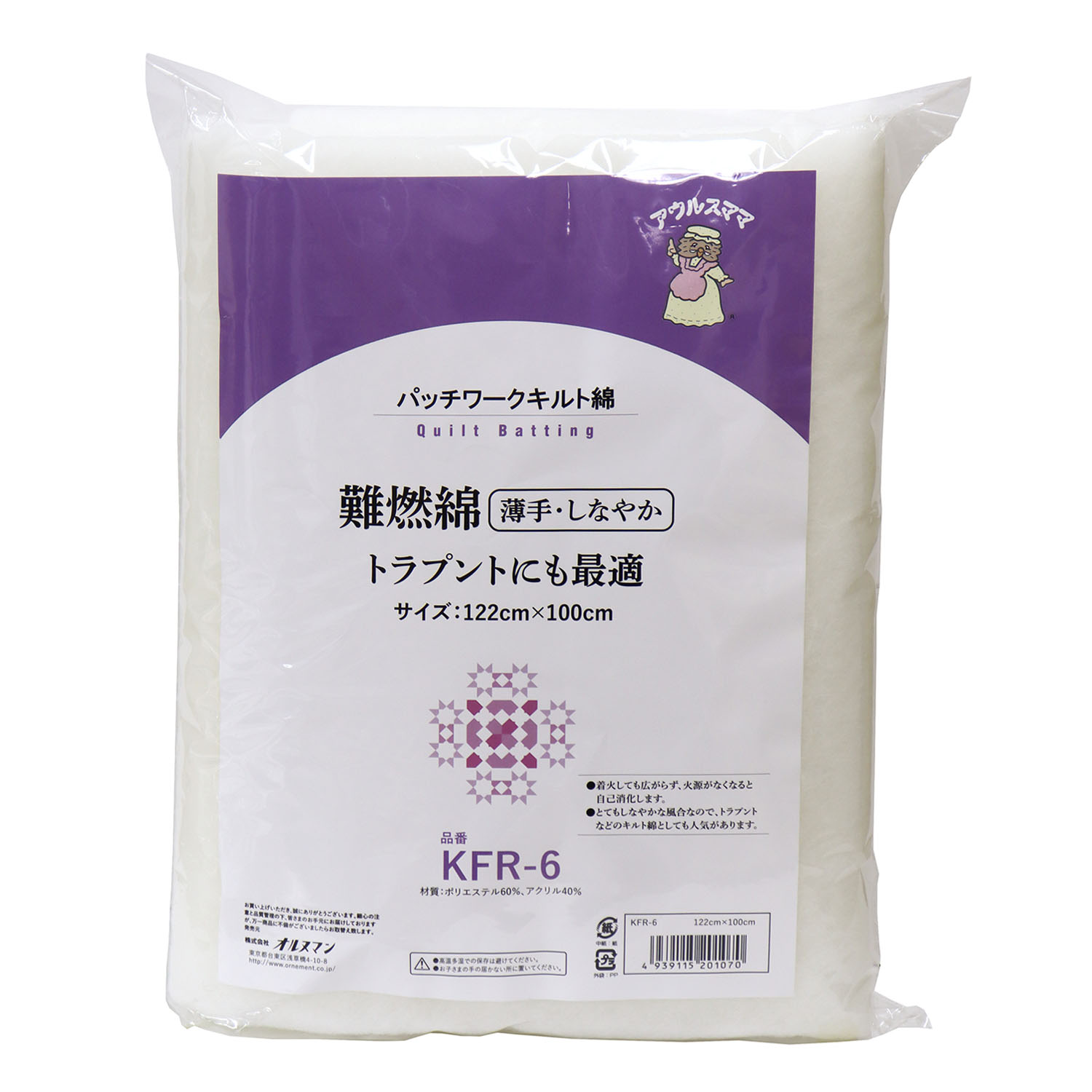
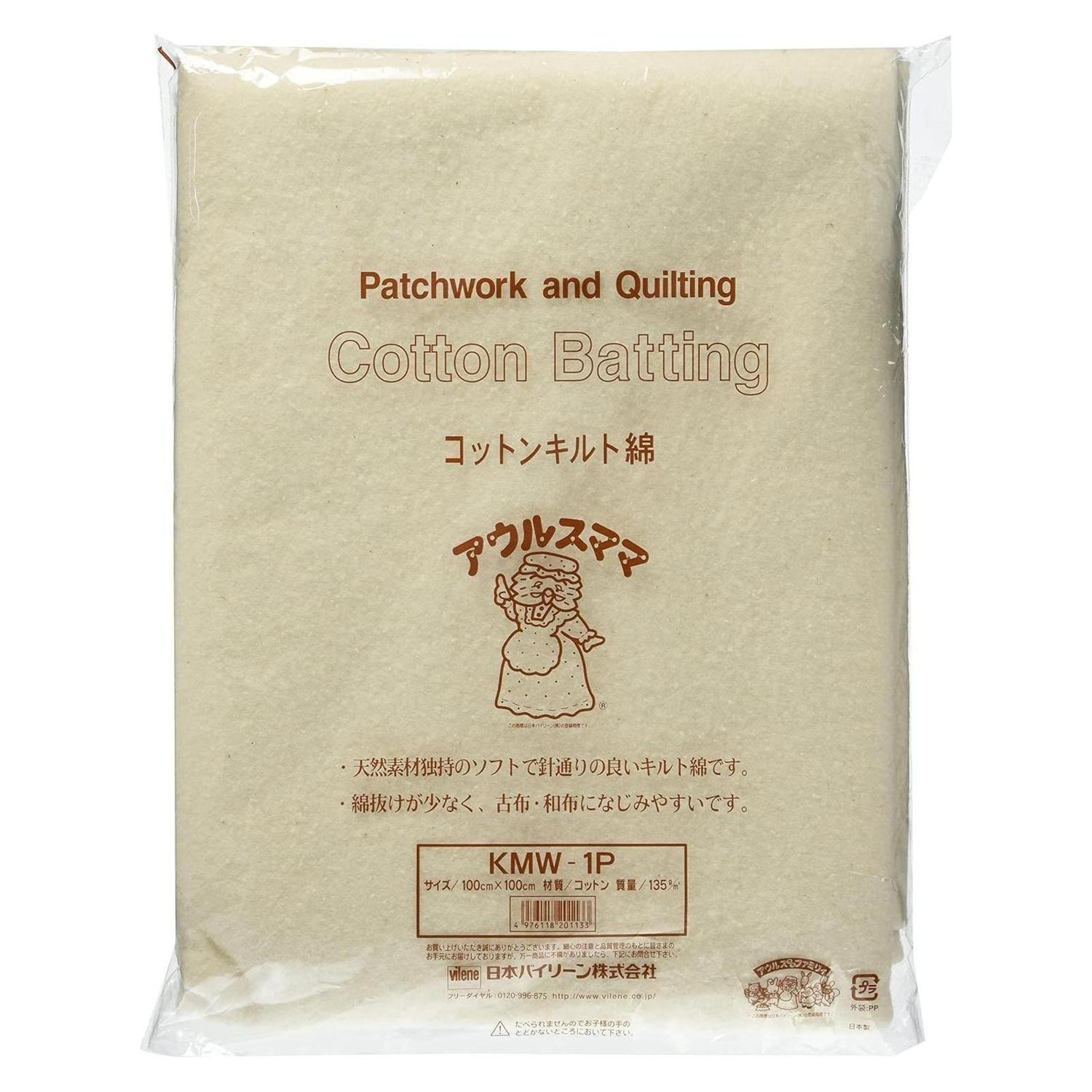
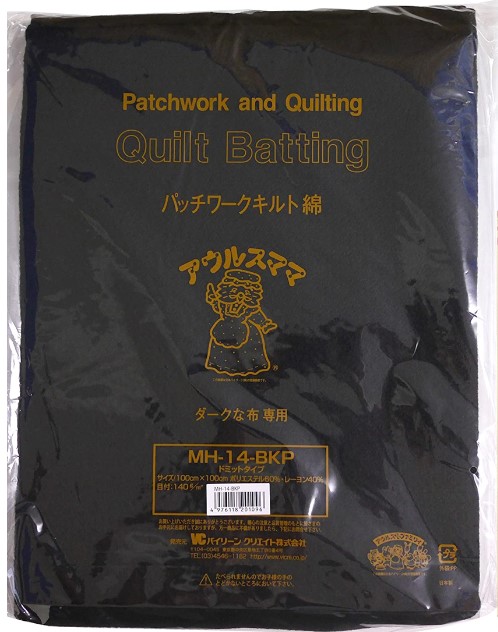
| Special Quilt Batting | Flame-Retardant Type | Cotton 100% Type | Black Type |
|---|---|---|---|
| Product Number | KFR-6 | KMW-1P | MH14-BKP |
| Size | 122cm×1m | 100cm×1m | 100cm×1m |
| Weight (gsm) | 60g/m² | 135g/m² | 140g/m² |
| Features | Flame-retardant: resists spreading and self-extinguishes when the source is removed | 100% cotton with the soft feel of natural material | Prevents fiber leakage in black or dark-colored fabrics |
| Other Sizes Available | ・P4-23(100cm×5m ) | ・CX1(114cm×152cm) | ・MH-14-BKR(100cm×20m) |
| Recommended Uses | Kitchen items (oven mitts), Fire-safety hoods | Baby items (bibs, vests) | When using dark fabrics such as black or navy |
| Special Quilt Batting | Domett Batting with Net | Hemp 100% Type | For Cartonnage | Quilt Batting with Backing Fabric |
|---|---|---|---|---|
| Product Number | P2-3 | P4-31 | P4-24 | P2-5 |
| Size | 100cm×2m | 100cm×1m | 約125cm x50cm | 120cm×2m |
| Thickness | 約4~5mm | 約3mm | 約14mm | 約7mm |
| Weight (gsm) | 130g/m² | 180g/m² | 120g/m² | 170g/m² |
| Feature | Net backing prevents stretching or shrinking | Absorbs and releases heat efficiently, providing a cool touch – perfect for summer | With backing attached, ideal for quick finishing such as tapestries | |
| Other Sizes Available | ・P2-4(100cm×10m) | ・P4-25(125cm×5m) ・P4-28(125cm×30m) | ・P2-6(120cm×10m) | |
| Recommended Uses | Bag, Bag handle, Accessories | Summer clothes | Cartonnage | Tapestry |
Chuko Onlineオンラインストアでご注文
Chuko OnlineChoosing Quilt Batting – Use a Chart

Key points when choosing quilt batting (thickness, material, finish)
It’s important to understand thickness, material, and finish, as they strongly affect the final look of your project.
| Light(2~4mm) | Medium(5~8mm) | Heavy(9mm~) | |
|---|---|---|---|
| Finish | Clean, flat, and lightweight appearance | Moderate fluffiness with balanced thickness | Plump, well-defined thickness |
| Recommended Uses | Accessories, Clothing, Machine quilting | Bag, Clothing, School bag | Quilted items, Bed covers, Home décor |
| Good Points | Easy to sew and handle | Highly versatile and beginner-friendly | Creates a three-dimensional, luxurious finish |
| Weak Points | Low cushioning with a modest, subtle volume | May be slightly too thick for lightweight projects | Can be difficult to sew, with poor needle penetration |
Tips for buying quilt batting!
Using our chart as a guide, you can choose the batting that matches the look and feel of your project.
Want your project puffy? Go for thick batting.
Just a little padding? Choose thin batting.
Care about the material? Linen or cotton types are recommended.
Tips for buying quilt batting
- Choose the right thickness for your project (thin, medium, thick)
- Understand the material (polyester, cotton, blend, wool)
- Pick batting that fits the finish you want (soft, firm, light)
- Consider washing and ironing (durability and maintenance)
- Think about sewing ease (some thick batting can be harder to stitch by hand or machine)
Pay attention to weight (g/m²)!!
Pay attention to weight (g/m²)!!
What is “GSM” (Weight per Square Meter)?
GSM is a unit that shows the weight of a fiber material per square meter.
It is a number that helps you understand the density, thickness, and weight of the material.
GSM Guidelines
- Light GSM (50 g/m² or less)
The larger the number, the thicker and heavier the batting is, with higher durability and warmth.
The smaller the number, the softer and more breathable the material is.
Suitable for thin quilts or summer blankets.
- Medium GSM (50–170 g/m²)
Has moderate thickness and softness, with good versatility and warmth.
Ideal for bed covers, clothing padding, tapestries, and winter wear.
~Pro Tip!~
Make a small sample (about 8cm × 6cm) with fabric + batting.
Keep it for future reference when buying.
Pick the Right Quilt Batting for Your Project and Have Fun!
Using quilt batting can completely change the look and feel of your project. Thickness and material affect softness, volume, warmth, and cushioning.
With options like thin, medium, thick and materials like polyester or cotton, you can find the perfect batting for your project. Check the weight and thickness to achieve your ideal result.
Your projects will definitely turn out cuter and more beautiful!✨✨



Our Official Websites
Chuko Online: https://www.nippon-chuko.co.jp/shop
facebook: https://www.facebook.com/nipponchuko



